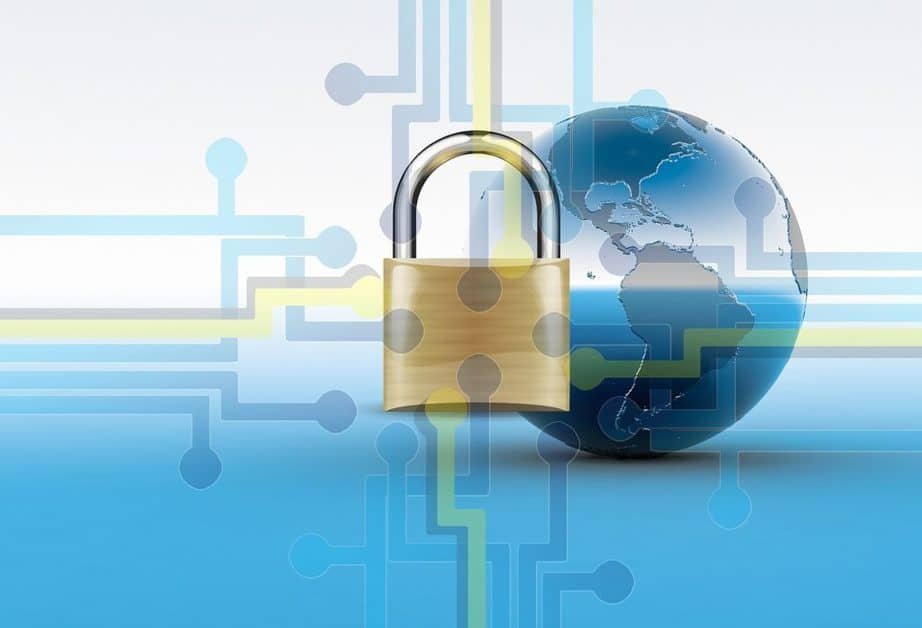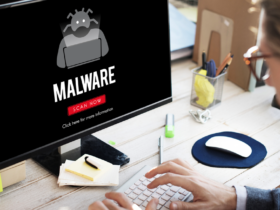With all the uncertainty that is happening around the world right now because of Covid-19, more people have to work from home, which can bring many challenges.
One challenge you may face is keeping your data secure and without the help of your companies IT services you may not know where to start.
In this article, we will take a look at some of the simple tips you can follow to keep your data secure when working from home.
Tip 1 – Change your Wi-Fi default name
When most home networks are installed the majority of people will keep their default Wi-Fi settings which can make accessing your personal and work data vulnerable.
Each router manufacturer will have a standard naming convention known as an SSID or service set identifier. This is usually the companies name and then a set of unique characters. By keeping the default SSID the same you are giving a potential hacker a small bit of information to get started on finding out more information on your network for a hack.
Change your Wi-Fi default name to something that doesn’t give any additional information away or provide the hacker with any way to identify your network.
David an IT consultant from Firewall Technical says that “Bobs Wi-Fi is a bad example of a Wi-Fi name because it gives away information on who owns that network.”
Tip 2 – Change your Wi-Fi default credentials
Using default login credentials is a great way of having your data stolen, especially if you haven’t renamed your Wi-Fi yet. Most Wi-Fi manufacturers will have a set algorithm when it comes to login credentials. If someone knew that your Wi-Fi manufacturers default login details were admin and a 6-8 character password it wouldn’t take them that long to run a brute force attack on your network and gain access.
When creating a password make sure it’s something that is secure and not something that can be guessed easily. There are also many tools out there that can help with creating strong passwords, some of which we will mention a few later on in this article.
Tip 3 – Enable Wi-Fi Encryption
You may be surprised to know that all Wi-Fi routers come with encryption but it’s not turned on by default. There are different types of encryption that can be used, WEP WPA2 and WPA3 are the most common.
WEP, unfortunately, can be cracked with the right tools and scripts and it doesn’t take a genius to break into your network with WEP turned on. WPA2 and WPA3, on the other hand, is more secure and should be the choice for your home network.
WPA2 uses something called Advanced Encryption Standard or AES for short which is approved by the US government for encrypting top-secret data.
WPA3 is an updated version of WPA2 but depending on the age of your router you may not have this option if this is the case you may want to purchase a new router if data security is important while working from home.
Tip 4 – Install a firewall
Once again most routers come with a firewall built-in which can keep intruders out of your home network but by default they are turned off. Firstly check if your router has one and then follow the manufacturer’s guidelines on how to set up your firewall.
There are also additional firewalls that can be purchased from security companies such as Kaspersky and Norton if you believe that your Wi-Fi doesn’t offer adequate protection.
Tip 5 – Keep your credentials secure
Many of us can be at fault when it comes to keeping your login credentials safe and secure. Some people use passwords that are easy to guess such as their kids, pets or favorite football teams name which can easily be guessed by taking a look at a person’s social media.
Others may use simple passwords that can be brute-forced easily with the right software.
Some people may choose to use the same password for convenience but this can cause a major problem if one website that you use these logins on gets hacked then all of your other accounts are not vulnerable so it’s very important not to use the same username and password for multiple accounts.
Remembering different passwords for accounts can be difficult and writing them down is a security risk so you should look to purchase software to keep your credentials safe. There are many companies out there that offer this service LastPass, Keeper and 1Password are ones that are highly recommended.
Conclusion
Working from home has many advantages and after reading this article you should now have a better idea on how to make your network more secure so your work data is less vulnerable to outside hacks.











Leave a Reply